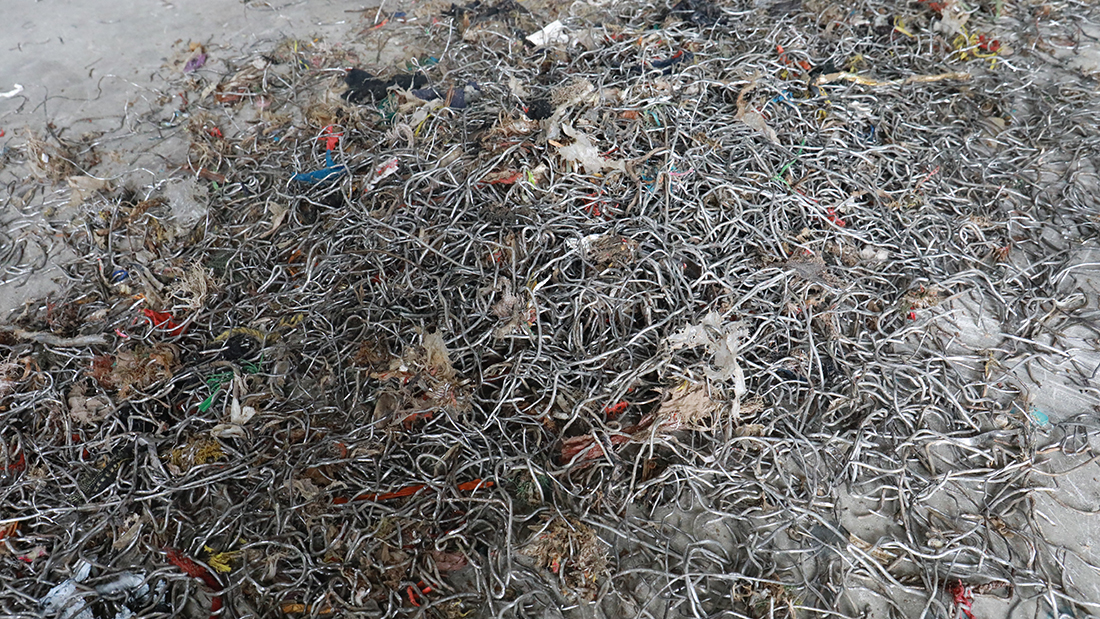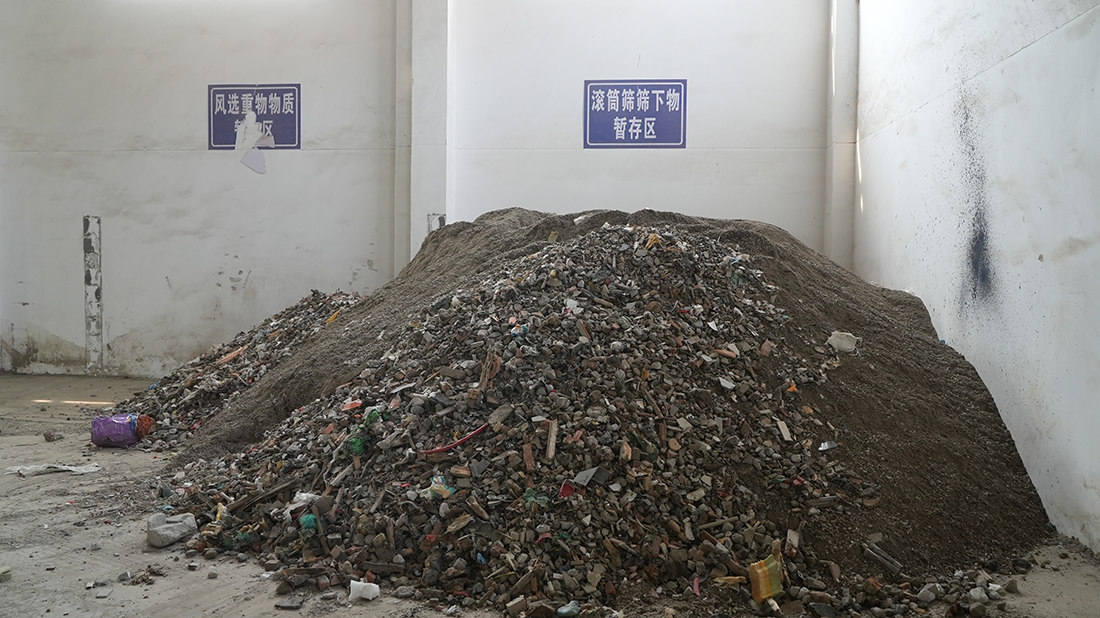From Waste to Fuel: Harden's RDF Systems Unlock Value in C&D Waste
Construction and demolition (C&D) waste represents a massive opportunity in the global push for resource recovery, with lightweight combustibles often overlooked as a source of high-value refuse-derived fuel (RDF). Renovation waste, a key subset of C&D streams, has long been synonymous with inefficiency—piles of plastic films, wood scraps, textiles, pipes, and foam boards discarded to landfills or burned haphazardly, consuming land and releasing pollutants. Yet, amid this challenge lies untapped potential: these materials can be refined into a stable, high-calorific alternative fuel for industrial use.
Harden Machinery Ltd. pioneers this transformation through advanced resource recovery systems, turning what was once a liability into RDF that meets rigorous standards for combustion and emissions control.
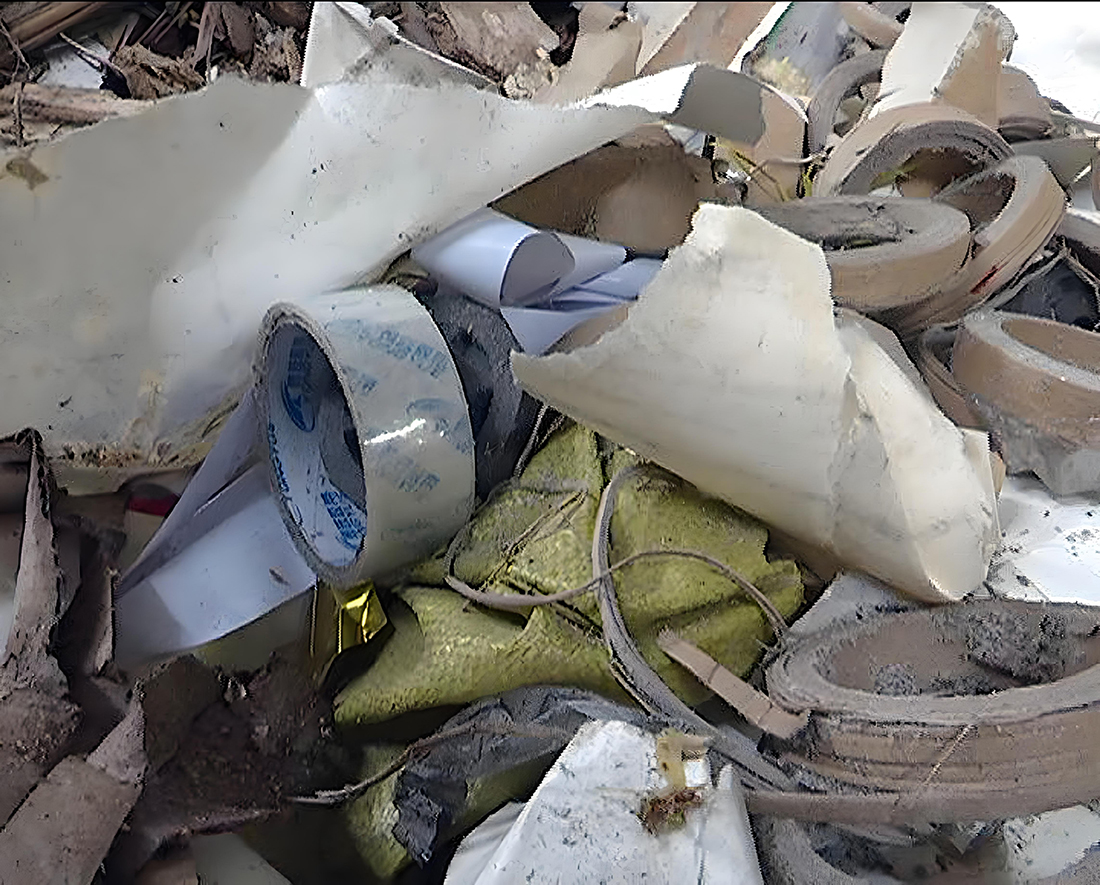
Understanding RDF: The Engine of Waste-to-Energy Conversion
RDF, or refuse-derived fuel, is a processed solid fuel derived from municipal or industrial waste through sorting, shredding, and forming. It converts heterogeneous refuse into a uniform, consistent product with reliable combustion properties, serving as a viable substitute for fossil fuels.
High-quality RDF must meet rigorous criteria:
· Calorific Value: Typically 3,000–5,000 kcal/kg, equivalent to two-thirds of coal's energy density—far surpassing raw waste.
· Environmental Profile: With metals, glass, and hazards removed, RDF burns cleanly in high-temperature furnaces, paired with modern flue gas treatment to minimize emissions below those of direct incineration.
· Stability: Uniform composition and heat value enable precise process control in end-use applications.
This engineered fuel not only diverts waste from disposal but also supports circular economy principles, reducing reliance on virgin resources.
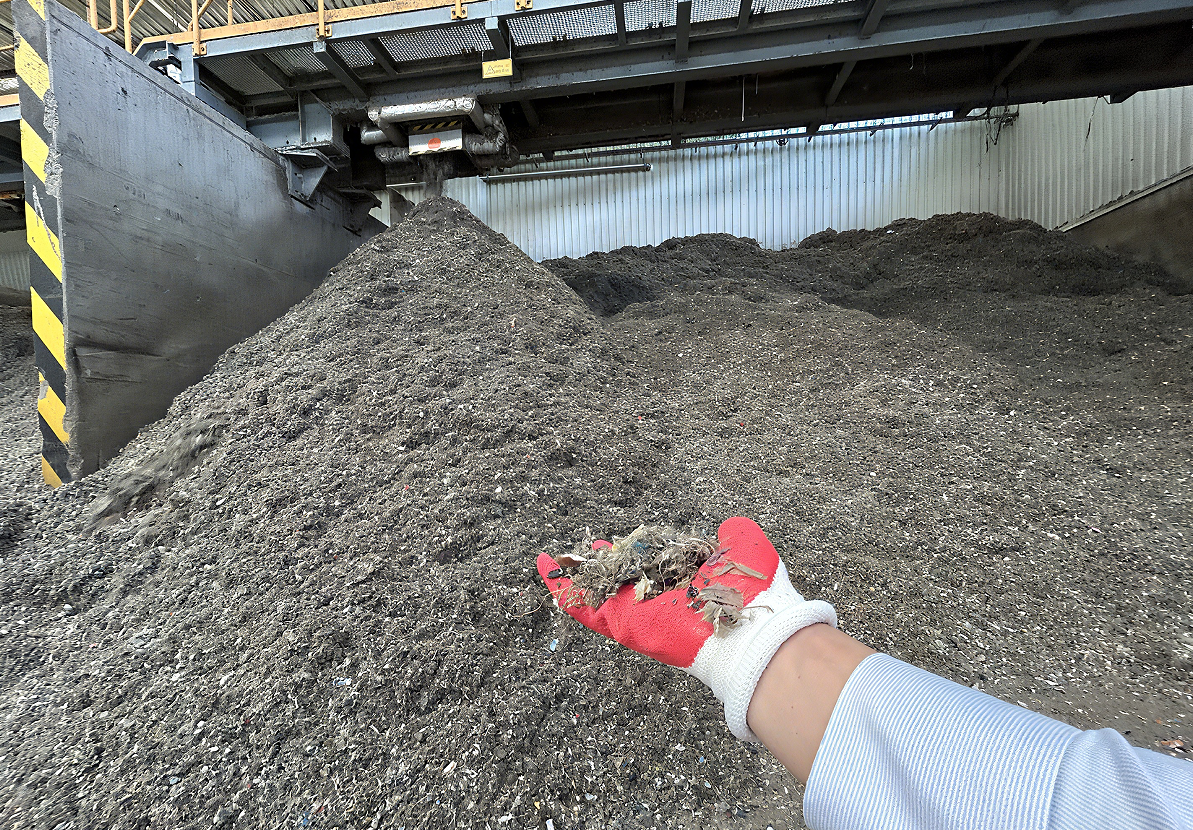
The Journey: Harden's Integrated Process for RDF from Renovation Waste
Harden's renovation waste resource recovery system streamlines the conversion of lightweight fractions into premium RDF, operating as a precision-engineered production line. This closed-loop workflow maximizes combustible yield while ensuring compliance with stringent environmental standards.
Step 1: Intelligent Sorting—The Initial Refinement
Complex renovation debris demands upfront separation to isolate valuables. Multi-stage screening, magnetic separation for ferrous metals, and air classification exploit density differences to extract recyclables like metals and inert soils.
The remaining lightweight mix—wood offcuts, plastics, paper, textiles, and foams—forms the RDF core, with combustibles comprising over 90% of the stream.
Step 2: Primary Shredding—Breaking Down the Bulk
These oversized light fractions feed into Harden's robust primary shredders, which reduce them to manageable sizes. This initial size reduction disrupts irregular structures, preparing material for homogenization without excessive energy draw.
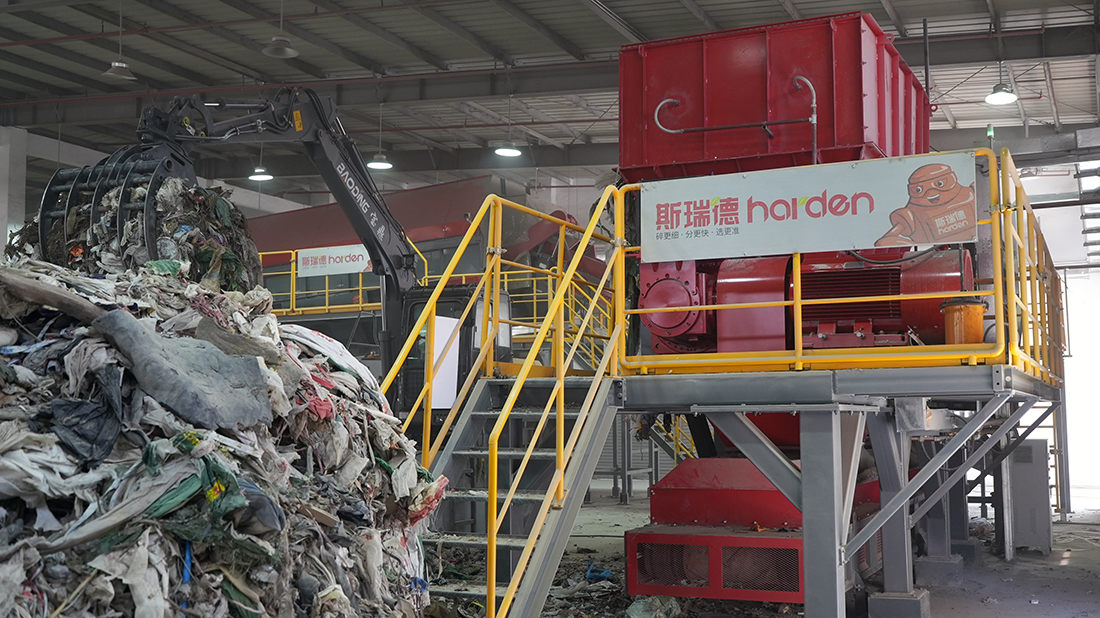
Step 3: Advanced De-Impurity—Purification for Purity
Quality hinges on contaminant removal. Eddy current separators target non-ferrous metals (e.g., aluminum cans), while drum screens eliminate residual soils, yielding a clean combustible fraction. This step elevates material purity, minimizing ash content and enhancing fuel performance.
Step 4: Fine Shredding—Uniformity for Optimal Combustion
The purified combustibles undergo secondary shredding in Harden's precision fine shredders, yielding homogeneous particles under 50mm.
The result: RDF with a calorific value exceeding 4,000 kcal/kg, ready for baling and direct kiln feed.
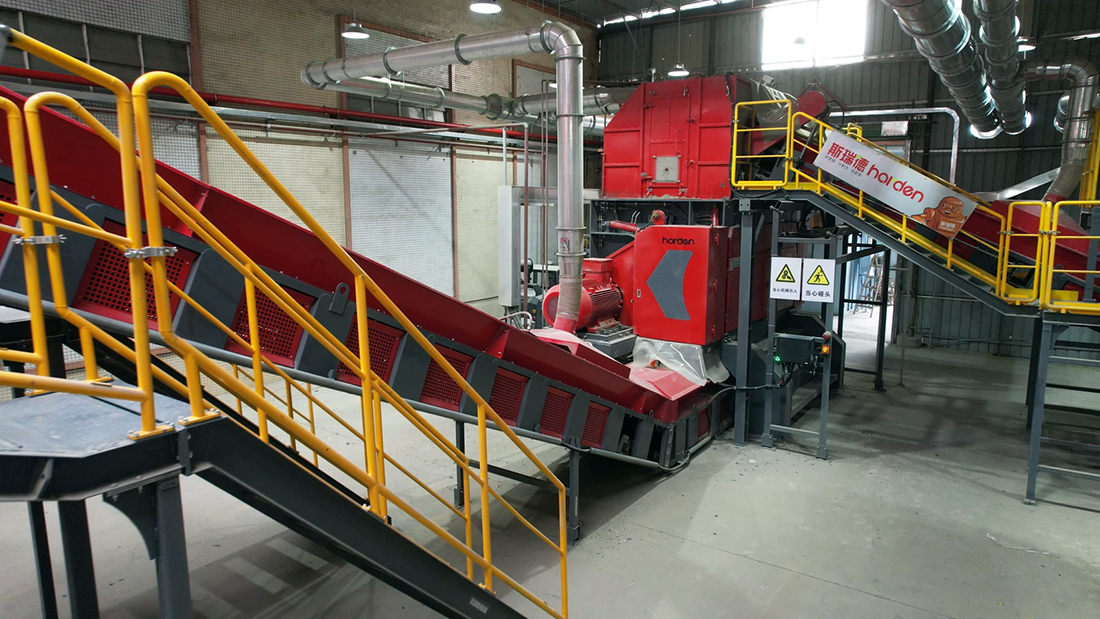
Harden's systems integrate seamlessly, from automated controls to modular designs, ensuring high throughput and minimal downtime for large-scale operations.
Market Pathways: RDF's Role in Industrial Energy Transition
RDF from renovation waste finds ready application in heat-intensive sectors, displacing coal and natural gas while advancing decarbonization:
· Cement Production: High-temperature kilns (over 1,400°C) with long residence times make ideal RDF hosts; residual ash even integrates into clinker, achieving near-zero waste.
· Power Generation: As a co-firing supplement in coal plants, RDF cuts fossil fuel use and supports grid stability.
· District Heating: Clean-burning RDF powers boilers for urban thermal networks, delivering reliable, low-emission heat.
For these industries, RDF slashes fuel costs while fulfilling corporate sustainability mandates and contributing to "zero-waste city" initiatives.
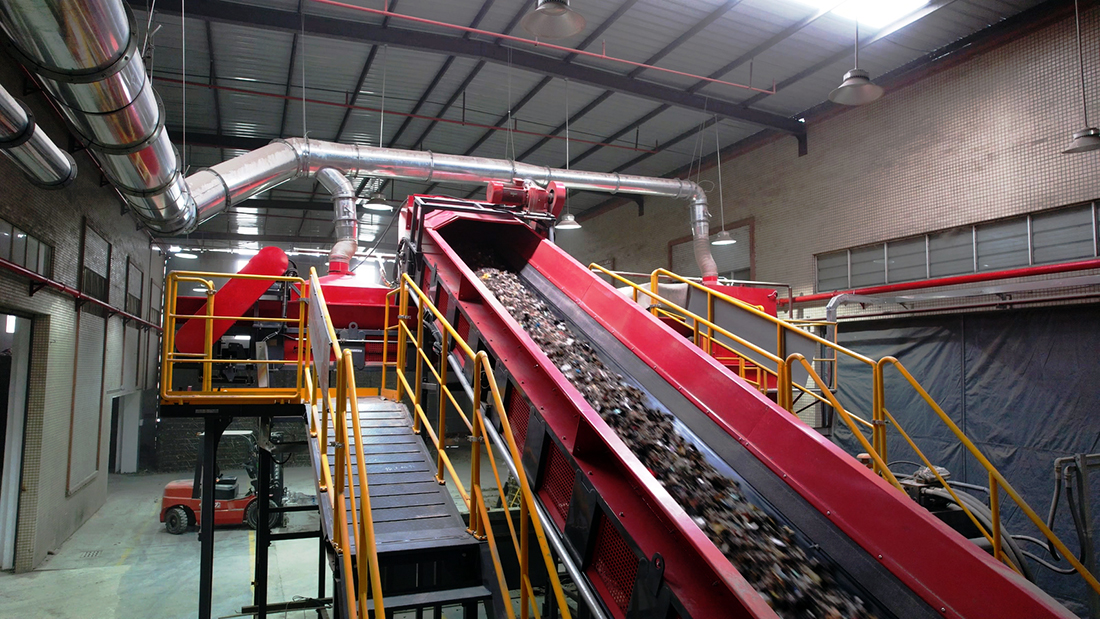
Beyond Disposal: Resource Recovery as a Strategic Imperative
Renovation waste is no longer an urban burden—it's a misplaced asset. Harden Machinery Ltd.'s RDF technology harnesses innovation to extract its worth, fostering economic viability and environmental stewardship. By converting debris into dependable fuel, we pave the way for resilient supply chains and reduced carbon footprints.


